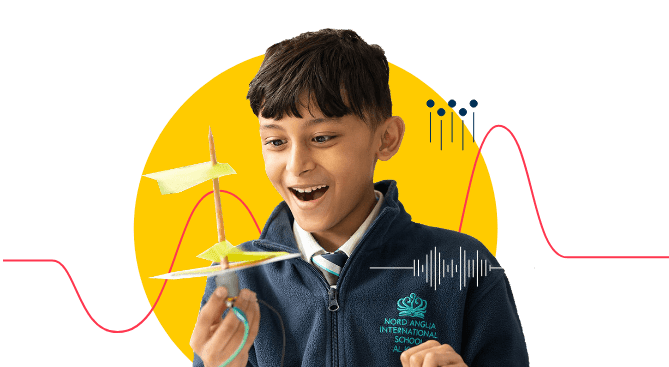News
Join our Virtual Open Day — Thursday 22 January 2026
Experience ICS unique global community and discover why families from over 70 nationalities choose us.
 News
News Blog
Blog.jpg?rev=1cf4a7af132e4cc3aec96238a97ec7fe&hash=E2B683440E9C693B15B59A9243C33DD4) Blog
Blog Blog
Blog Blog
Blog Blog
Blog News | Alumni Success
News | Alumni Success News | Alumni Success
News | Alumni Success.jpg?rev=8ab6d11edea84b769349191827b0f17d&hash=31A2163E5D9E660F5DF47739E6D67785) News | Alumni Success
News | Alumni Success
